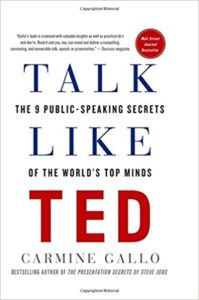In Blog Marketing, Accentuate the Practical

“Most products, ideas, and behaviors are consumed privately,” observes Jonah Berger in his book Contagious. Problem is, he points out, if people can’t see what others are choosing and doing, they can’t imitate them.
On the other hand, Berger cautions, making things more public can have unintended consequences. “If you want to get people to not do things, don’t talk about the people who are doing it.” Instead, his advice is, highlight stories of success that came through using your product or service.
Useful information helps people do what they want to do, but faster and better and easier, Berger says, citing an analysis done by the New York Times which revealed that articles about health, education, and cooking were the most highly read, theoretically because those topics are widely useful.
One piece of research recounted in Contagious is especially relevant for us content writers as we tell our clients’ stories to the public: “Don’t fall into the trap of providing only content that has a broader audience. Narrower content may actually be more likely to be shared, Berger asserts, because “it reminds people of a specific friend or family member who could use that information.”
Go for the practical; people like to help one another. Of all the principles of contagiousness, what Berger calls Practical Value may be easiest to apply. Business owners and professional practitioners need to package their knowledge and expertise so that people learn about them even as they are passing the knowledge along.
Accentuate the practical, communicating the fact that you and your staff have the experience, the information, the products, and the latest technology to solve problems and meet needs, yet offer choices of action to help readers feel they are in control.
For effective blog marketing, keep accentuating the practical!




Follow us online!